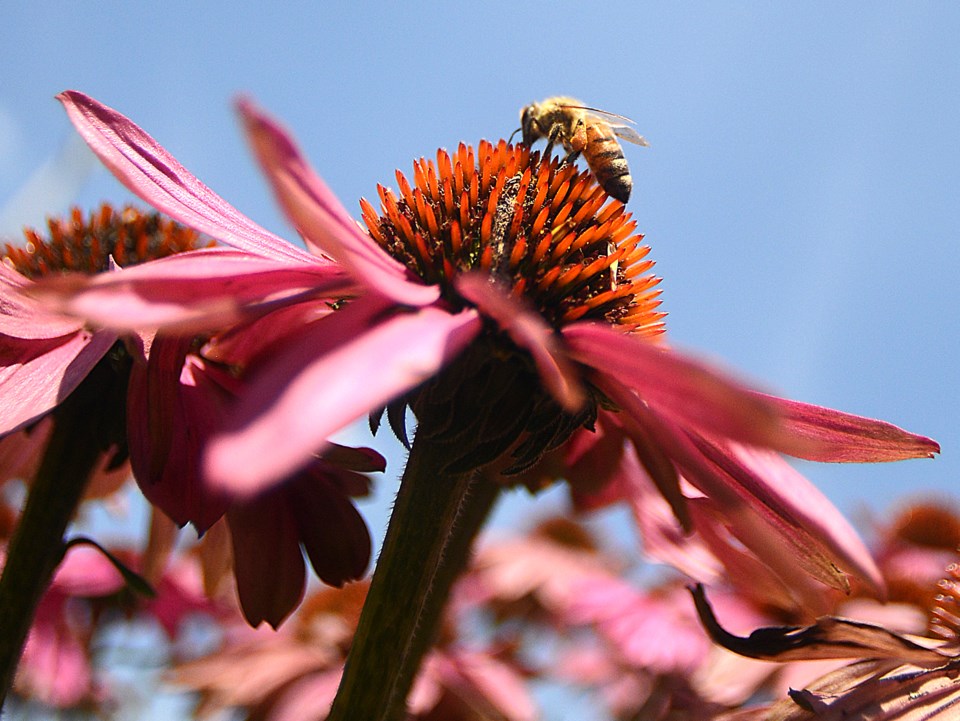NEWS RELEASE
NATURE CONSERVANCY OF CANADA
*************************
As the mercury slowly rises, many Canadians are making springtime plans for their lawns, backyards, flower beds and gardens.
While some people may be hearing about or going to try “No Mow May” or “Slow Mow May,” the Nature Conservancy of Canada (NCC) is urging people to take the next step with a more lasting way to help nature — to naturalize your backyards and connect with nature close to home.
The not-for-profit land conservation organization says that growing native plants is a small act of conservation that helps urban wildlife and biodiversity in many ways.
With about 80 per cent of Canadians living in urban settings, what we choose to plant in our yards and on our balconies can benefit the plants and animals that share our neighbourhoods.
Samantha Knight, NCC’s national conservation science manager, says actions we take close to home can help some wildlife populations, improve the health of urban ecosystems and foster our connection with nature.
“We often think of the spaces where we live as separate from nature, but they are an integral part of the ecosystem,” says Knight. “The plants we choose to grow will have a significant influence on the diversity and abundance of native wildlife. Native trees, shrubs and wildflowers support a greater diversity of pollinators and other insects than traditional horticultural plants and are an opportunity to learn about local biodiversity.”
Here are some tips and things to consider when planning your wildlife-friendly garden or balcony:
- Find out what kind of soils and natural plant communities once existed in your area. This will give you a better idea of the types of native plants that should thrive in your garden. To find a native plant society near you, and to learn about the species native to specific parts of Canada, visit the Canadian Council on Invasive Species’ Be Plant Wise program at https://canadainvasives.ca/programs/be-plant-wise.
- Ask your garden centre staff or native plant supplier about where their plants are grown. Many nurseries import plants from hundreds or even thousands of kilometres away. While they may carry the species you are looking for, the selection (if imported) may not be hardy for your backyard conditions. It is best to find a nursery that can guarantee that its native plants have been grown locally.
- Native plants evolved alongside wild bees, butterflies and other species. As a result, they provide better habitat than ornamental varieties do. Ornamental plants are often bred to enhance their esthetic traits rather than their nutritional value to pollinators or other wildlife.
- Invasive species crowd out native ones and can hinder the native plants you are trying to grow. To find out which plants to avoid, visit the Nature Conservancy of Canada’s website or your provincial invasive species council for information. You can also download the free iNaturalist app to help identify what is already in your yard. For details on some commonly found invasive species, visit natureconservancy.ca/en/what-we-do/resource-centre/invasive-species.
“Spending time in nature is good for our physical and mental health. Planting native gardens invites nature in and offers refuge for local wildlife. It’s a good way to connect to nature, get the whole family involved and watch the fruits of your labour flourish,” said Knight.
For more inspiration and ideas to help nature in your own yard, lawn, cottage area, visit the Nature Conservancy of Canada’s Small Acts of Conservation: https://act.natureconservancy.ca.
*************************



